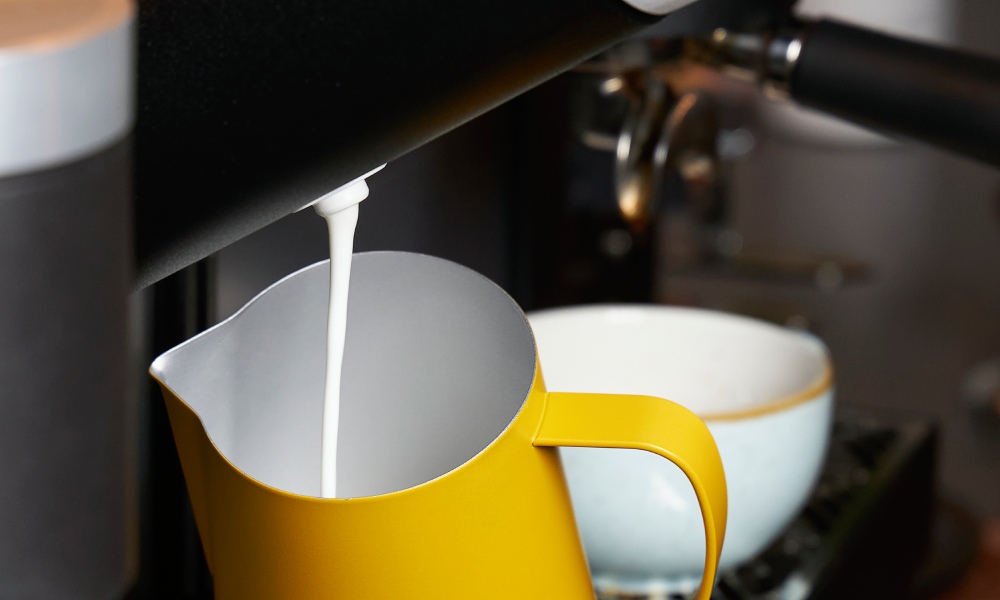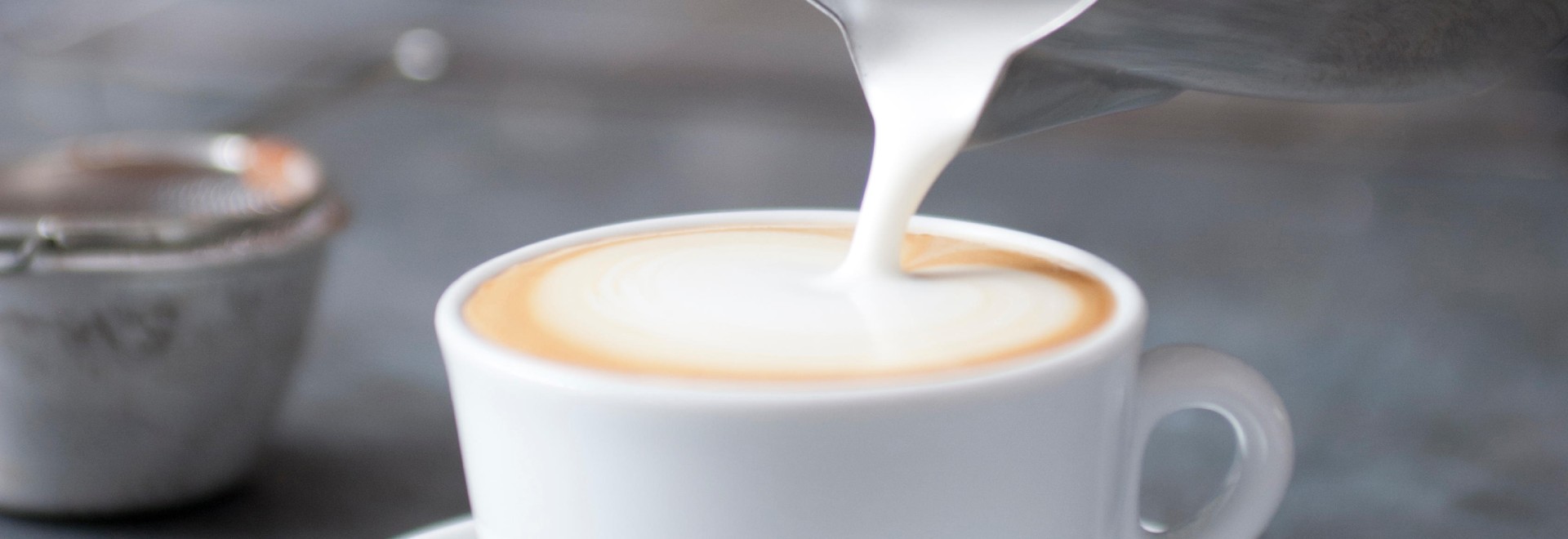The return of the traditional cappuccino
Jenna Gottlieb speaks with Shawn Nickerson and Dhan Tamang about how new milk-frothing technology could be bringing the traditional cappuccino.
In Italy, the cappuccino is a thing of iconic status.
It goes beyond a source of caffeine; it represents a tranquil moment to savour before the day begins. Coffee shops in Italy are also social hubs. The act of grabbing a cappuccino often means catching up with friends, discussing the latest news, or simply watching life go by.
As such, the cappuccino is often emblematic of the Italian pace of life – unhurried and enjoyed. In an era of instant gratification, it stands as a symbol of taking time to enjoy life’s simple pleasures.
Furthermore, just like pizza and pasta, the cappuccino is seen as a testament to Italian culinary prowess. Its global popularity is a source of pride as it showcases the country’s influence on international food culture.
Indeed, its popularity has earned its place as a staple on the specialty coffee menu – at least, a version of it.
The Instituto Nazionale Espresso Italiano (or the Italian Espresso National Institute) says, “A high-quality cappuccino that abides by tradition is made of 25ml espresso and 100ml steam-foamed milk”. However, specialty coffee’s definition has been more challenging to pin down.
Specialty coffee’s cappuccino
On both sides of the counter, there is a lot of confusion about the size of a cappuccino. Some, however, have a very clear idea.
“A traditional cappuccino is always going to be 6oz – period,” says Shawn Nickerson, owner of Café Cesura. “If a customer orders a 16oz cappuccino, I’ll give them a foamy latte. Otherwise, the drink would need six shots for the correct ratio.”
Meanwhile, Dhan Tamang, five-time UK National Latte Art Champion, defines a cappuccino as “an espresso-based beverage, made with a double shot espresso and topped with steamed/textured milk served in 5oz to 6oz cups”.
Milk texture is a defining feature of a cappuccino. In Italy, steamed milk is usually added so that a dome settles on top. Sometimes, milk is added first, and foam is scooped on top, as creating a perfect dome can be challenging. In both cases, a significant portion of the drink is the milk foam on top.
However, a specialty coffee cappuccino looks very different. The cappuccino presents another opportunity to draw latte art – which has become a priority in specialty coffee. As a result, the level of milk foam is much thinner and wetter. In many cases, this means that the cappuccino has become indistinguishable from other milk-based beverages, such as a flat white or latte.
“I think when we say a traditional cappuccino, not everyone in the room may be picturing the same drink,” says Shawn. “I think there is a renewed interest in smaller drinks, and I think folks order cappuccinos because they don’t know what else to order.”
In other words, customers may be struggling to understand what exactly a cappuccino is. Given how iconic a drink it is, it could be argued that specialty coffee has deviated away from what made the drink so recognisable and culturally significant.

The “new” traditional cappuccino
The audience for specialty coffee is expanding. Increasingly, customers are demanding more than the light, delicate flavours the sector was previously associated with. Instead, they are seeking the rich, indulgent experience that the traditional cappuccino represents.
Yet, achieving the level of foam required for an Italian-style cappuccino while maintaining the milk texture expected in specialty coffee has proven challenging.
However, new milk-frothing technology has addressed this issue. For example, Heylo’s milk module is able to deliver a wide range of froth levels, giving baristas the creamy, frothy milk associated with the traditional cappuccino.
Furthermore, unlike using a steam wand, its induction heating method froths milk without injecting steam into the liquid. This means the milk is not diluted with water and results in an even creamier texture.
As such, new milk-frothing technology has provided an opportunity to bring back the traditional cappuccino while meeting the standards of specialty coffee – merging the new with the old.
What’s next is for the specialty coffee community to decide whether to honour its heritage, or to forge ahead with its own definitions and ways of making coffee.








